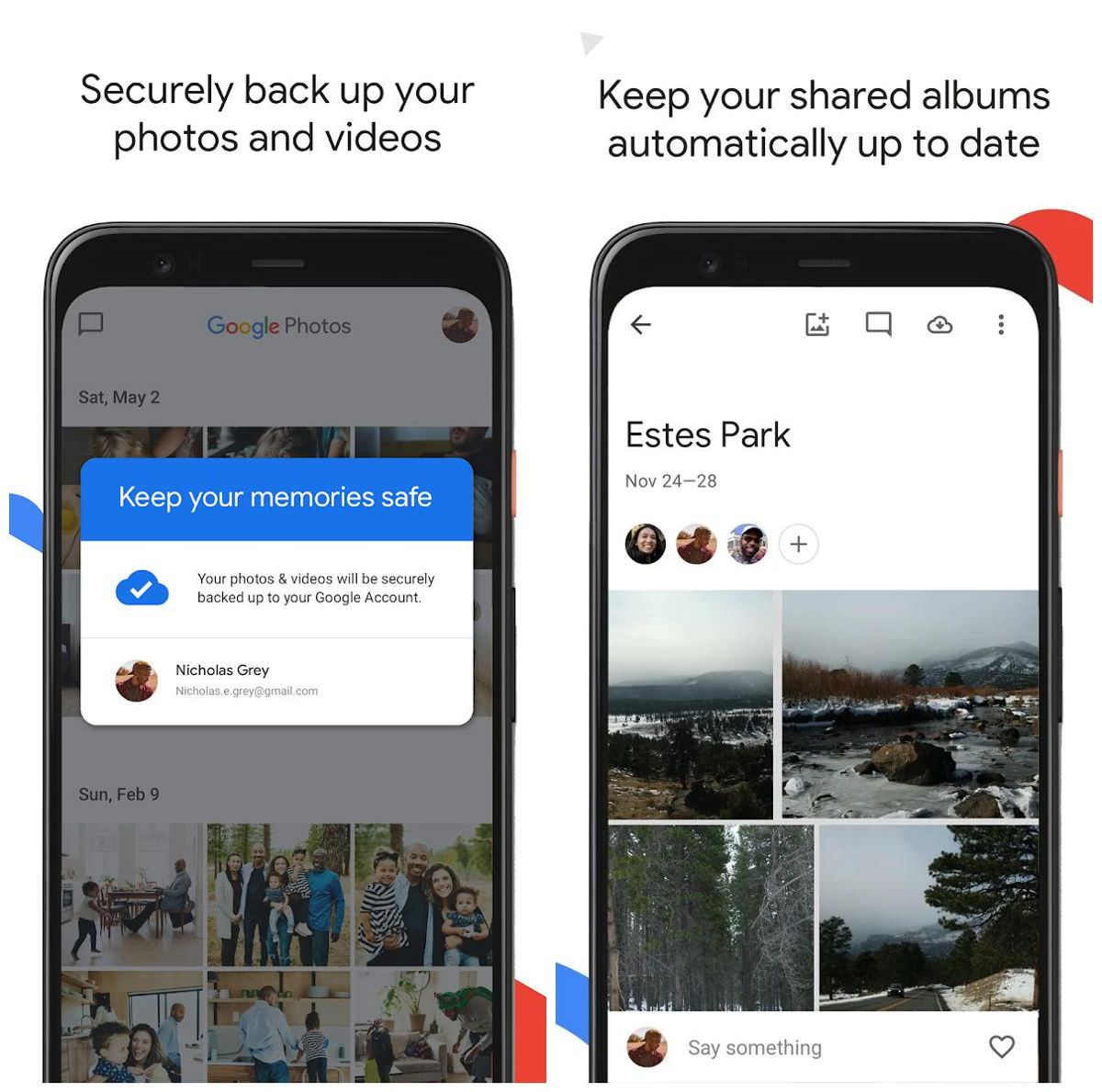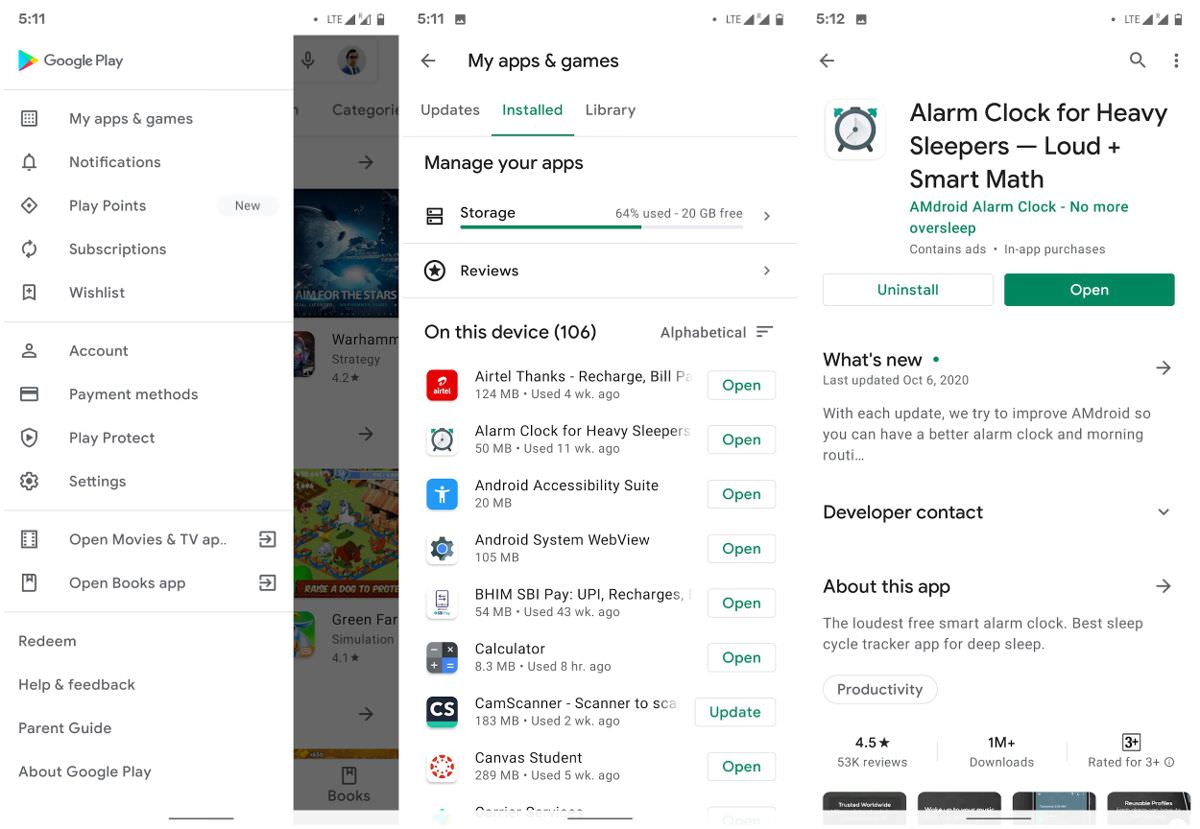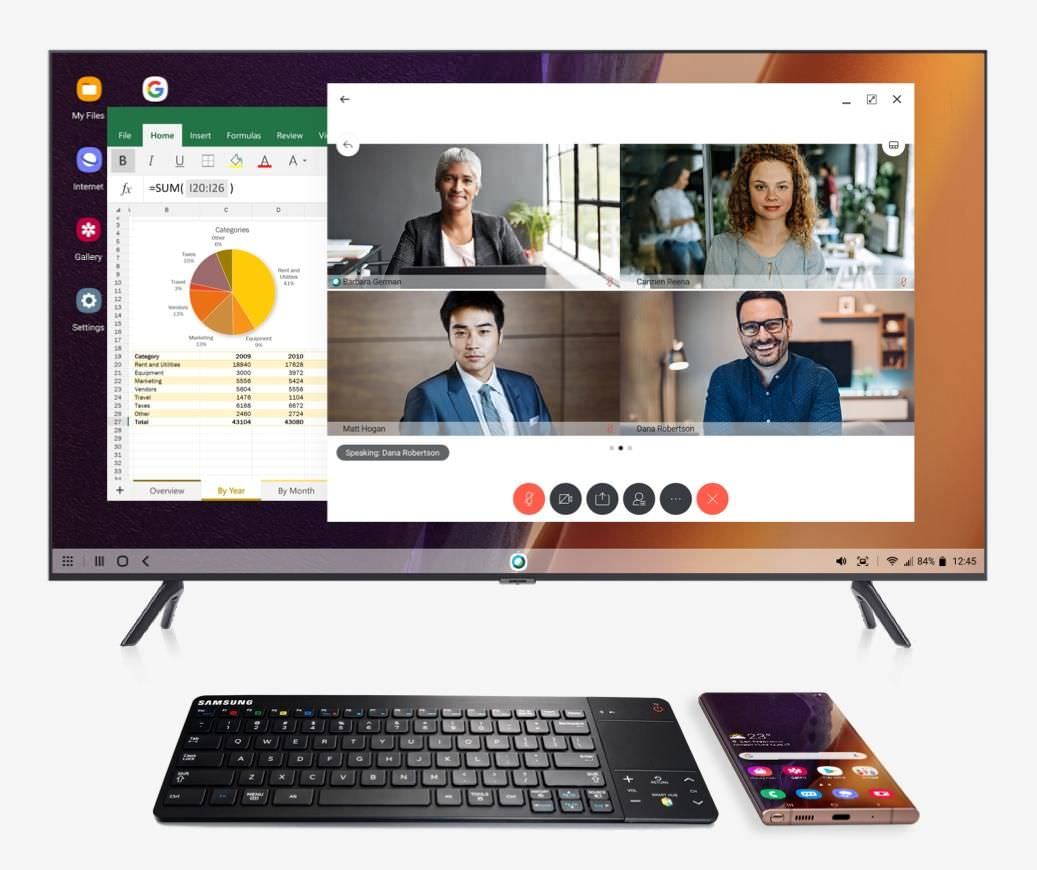5 Tips and Tricks to Optimize Mobile Device Storage Space
Smartphones are often bulging with data and running out of storage for most of us. When it happens, you need to clean data or get a new device with a larger storage space. With high-resolution photos and videos and video-streaming services taking a lot more storage than a few years ago, it is common for your smartphone to run out of storage.
Have You Ever Run Out of Storage on a Phone? — a poll done by Droid Life in 2016 reported that 50 percent of the respondents had run out of storage space on their smartphones and 21 percent of them came close to running out of space. That means 71 percent of the respondents needed more storage space.
What is the solution then? Almost a decade ago, it was easy to gain more storage space by using a microSD card as most smartphones supported microSD cards at that time. However, manufacturers have mostly stopped providing this option with a few exception brands like Samsung Galaxy. So, the question arises: what to do when you run out of space on your mobile device? Let’s find out below.
1. Opt for a cloud storage service
The easiest way to get more free space on your mobile device is to opt for a cloud storage service such as Dropbox, Google Drive, iCloud Drive, etc. Whether you opt for a free or paid cloud storage service, you can configure settings to offload photos and videos to the cloud, freeing up space on your smartphone.
Of course, the storage service’s app must support automatic backing up or offloading photos and videos to the cloud storage. For instance, Google Photos allows you to back up and sync your photos and videos. Moreover, you can delete them after they are uploaded to the cloud to gain more storage space.
Here’s how to enable the free cloud backup using Google Photos:
- Go to Settings > Back up & sync and enable it.
- After the photos and videos get backed up, you can delete them from your device through Settings > Free up device storage.
If you upload up to 16 MP photos, it is free for now. But after June 1, 2021, Google Photos will count them according to your Google account’s storage capacity, sadly.
15 Google Photos Tips for Power Users
On the surface, Google Photos is a simple tool that automatically organizes your photos and videos based on... Read more

2. Clean the device’s storage
Every digital device gets cluttered over time — especially our smartphones. That is why you must do a periodic spring-cleaning — at least every quarter if not every month. Though you can do it manually, there are apps to help you clean your device, which categorizes the used space by apps, documents, media, etc.
Most importantly, these apps list cache, junk files, and temporary data, allowing you to gain some space with just some clicks. For example, you can use Files by Google to browse files and clean up your phone. You should browse photos and videos and delete any bad, duplicate, pixelated, or unwanted media files to free up space.
Moreover, you must check the downloads folder on your device as we tend to download files, which converts to clutter over time, so delete them all.

3. Delete unused applications
According to a latest report, an average smartphone user has usually 80+ apps installed on his mobile device. However, the average person uses only 9 apps on daily basis and 30 apps on a monthly basis. That means you can remove unused apps from your device to free up storage space.
On Android, you can use Google Play Store to check all the installed apps and remove the ones you do not use. Follow the given steps:
- Open the Play Store and click Options (the hamburger icon).
- Choose My apps & games and switch to the Installed tab.
- Click an app and press the Uninstall button to remove the app.

On iOS, you can follow these steps to delete an application:
- You can touch and hold an app and tap Remove App.
- Tap Delete App and finally tap Delete to delete it.
4. Clear apps’ cache and temp
Every app downloads and/or stores data locally on your device. For example, Facebook may store login information and some cached or temporary media files. Similarly, Amazon Prime, Castbox.fm, Netflix, and most other media apps allow you to download media offline, which also utilizes the device’s storage.
Some of this data is stored under special storage categorized as “cache” while others are stored on the device directly. You can delete cache and these extra or temporary data to get more free space on your smartphone.
On Android, you can follow these steps to clear an app’s cache:
- Go to Settings > Apps & notifications > See all apps,
- Click an app and click the Storage & cache button.
- Click Clear cache to delete the app’s cache.

On iOS, you can clear Safari’s cache by following these steps:
- Go to Settings > Safari and scroll down to Privacy & Security.
- Tap Clear History and Website Data under Privacy & Security.
As for third-party apps in iOS, this option is not available for all apps. For example, Slack provides an option Reset cache on next launch under Settings > Slack. So, you need to look inside Settings for other apps.
5. Check DeX and delete files
If you are using one of the flagship Samsung Galaxy smartphones, you may know about Samsung DeX. It is a mobile-powered desktop computing platform that lets you utilize a desktop-like experience on an external display. Though it gets you a PC-like experience using your smartphone, it helps you create more data.
If you do not use Samsung DeX, you can skip to the next section. If you use it, you must check your data inside DeX by following these steps:
- Boot up DeX and check apps, files, and folders.
- Delete anything you mostly do not use or want on a regular basis. It will help you regain precious storage space.

Bonus: Limit the size of media files
With the growing usage of smartphones for shooting photos and videos, it is no wonder that the storage space is mostly utilized by media files. Nowadays, flagship smartphones are coming with cameras of hefty megapixels — going to more than 100MP. Though it gets you crisp photos, it increases their sizes too.
Similarly, advanced features like 4K resolution, HDR mode, and 60 fps options gain attraction among enthusiasts, however, these all add to the media size.
That said, you should configure your camera app to lower down these settings. You can gain decent photos and videos at 1080p resolution, 30 fps mode, and high compression ratio, and you can always change settings for special occasions.
On Android, if you are using Google Camera, you can configure this way:
- Open Google Camera and click More > Settings.
- Configure the resolution options namely Back camera photo resolution, Front camera photo resolution, Back camera video resolution, and Front camera video resolution. Maybe your camera has more such options.

On iOS, if you are using the default camera app, do the following:
- Open Settings > Camera.
- Tap Record Video or Record Slo-mo, then choose a resolution. As I told before, pick one of the options showing 1080p HD at 30 fps.
How much storage space do you really need?
It only depends on your requirements. If you hardly shoot photos and videos using your smartphone (maybe you got a DSLR camera?), you can probably do with 64 GB storage.
On the other hand, if you are a camera enthusiast, opt for a minimum 128 GB storage option. But if you are a heavy user shooting multiple photos and videos every day, you should look for a minimum 256 GB of storage space. Or you can also buy a smartphone with expandable storage using a microSD card.